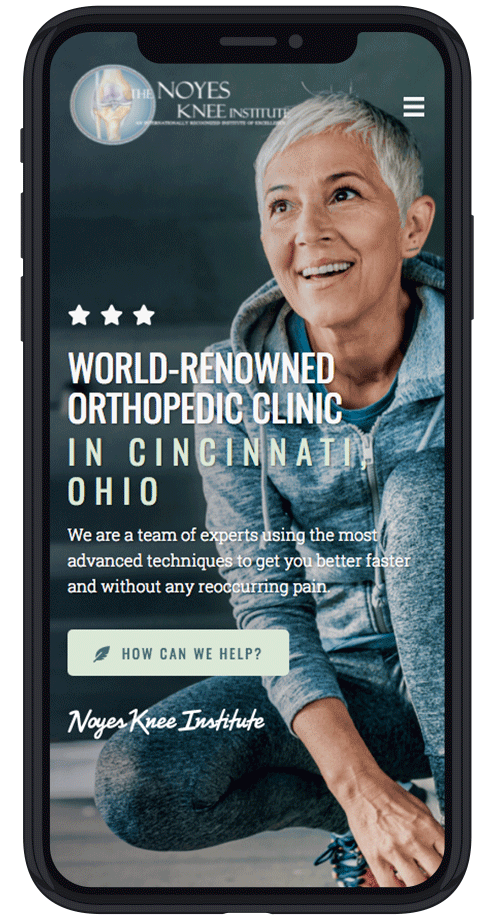Published On
Category

If your knees hurt a lot, and you don’t know why, you might have a problem called dormant butt syndrome.
Your buttocks help support your upper and lower body, as well as absorb shock and impact during movement.
Problems that develop in your buttocks can affect other areas of the lower body, including your knees.
Unless you address the real cause of your knee pain, your condition may only become worse. In some cases,
you can experience permanent damage in your knees.
Here’s what you should know about dormant buttock syndrome, how the syndrome causes pain in your knees,
and what you can do to treat both.
What’s Dormant Butt Syndrome?
If you spend a lot of time sitting or even running, you may experience some problems with your buttocks.
Some people develop piriformis syndrome, which affects the piriformis muscle and sciatic nerve, while other
individuals develop dormant butt syndrome. Dormant butt syndrome can trigger knee pain.
Dormant butt syndrome is a real problem for active and inactive adults. The condition develops when your
buttock muscles (glutes) weaken and can’t absorb the impact of running and other active movements. Weakened
butt muscles force other tissues to take over their job, including your knee joints.
Although your knee joints are tough and can hold their own when you squat, bend, and run, the tissues can
deteriorate or become damaged from extensive stress. Each knee joint relies on special rubbery tissues called
menisci to cushion them during shock. The cushions can wear down over time when they absorb too much shock or
stress.
After some time, pain develops in your knees. You may find it difficult to rise from bed or a chair, or
you may experience problems bending, kneeling, or stooping. You might notice swelling or “water on the knee”
in one or both knees. Water on the knee can be particularly painful if you have other joint conditions to
deal with, such as arthritis.
What Should You Do About Your Buttocks and Knee Pain?
To find temporary relief from your painful knees, strengthen the muscles in your buttocks with no to lowimpact
exercises like Pilates and yoga. These types of exercise programs may give you better control over
your movements, which helps reduce stress on your body, including your knees.
Also, try doing simple back leg raises during the day. Back leg raises allow you to strengthen your
buttock muscles without placing strain on your knees. You can also lift your legs as high or as low as you
feel comfortable doing so.
To do the exercise above, you’ll need a high-backed chair with wide legs to help you maintain balance.
Now, follow these steps:
- Stand behind the chair and place your hands on the back.
- Straighten your back and relax your shoulders. Gently exhale as you tighten your core muscles.
- Place a slight bend in your knees to help alleviate tension in them.
- Lift your right leg backward several inches from the floor. Squeeze your glutes for 5 seconds, then
relax and slowly lower your leg. Repeat the exercise nine more times. - Repeat from step 3 with your other leg.
You should only rely on the tips above as temporary solutions to your problems. It’s important that you
have an orthopedist examine your knees. Even if you strengthen your butt muscles, you can still have
problems with your knees like meniscus
tears.
An orthopedist will most likely take X-rays and fluid samples of your knees to determine the extent of
damage. If the tests reveal extensive tissue damage, an orthopedist may suggest that you undergo surgery to
repair or remove it.
You may require physical therapy after treatment to rebuild strength in your knees and buttocks. However,
this need is something an orthopedist can discuss in greater detail during your visit.
Be sure to contact The Noyes Knee
Institute for more information and services.

